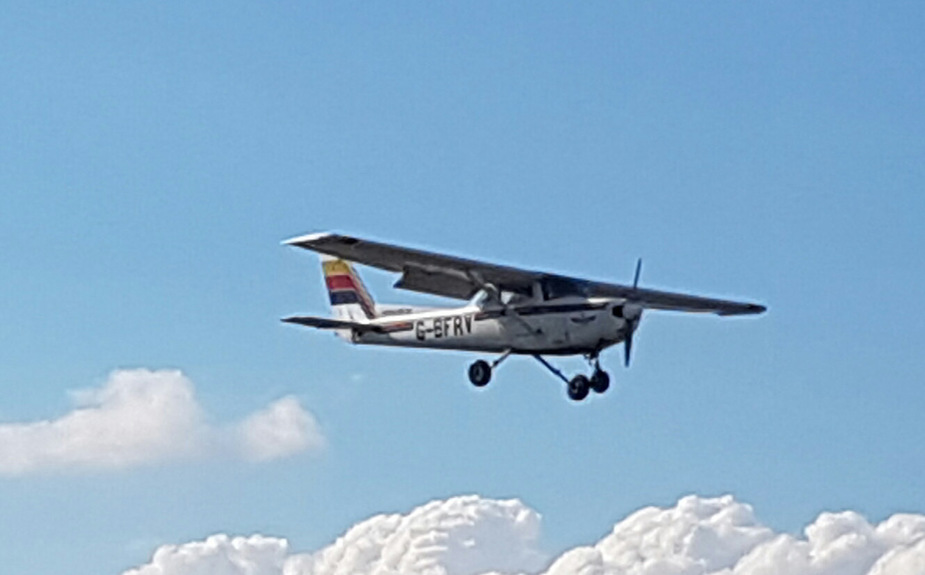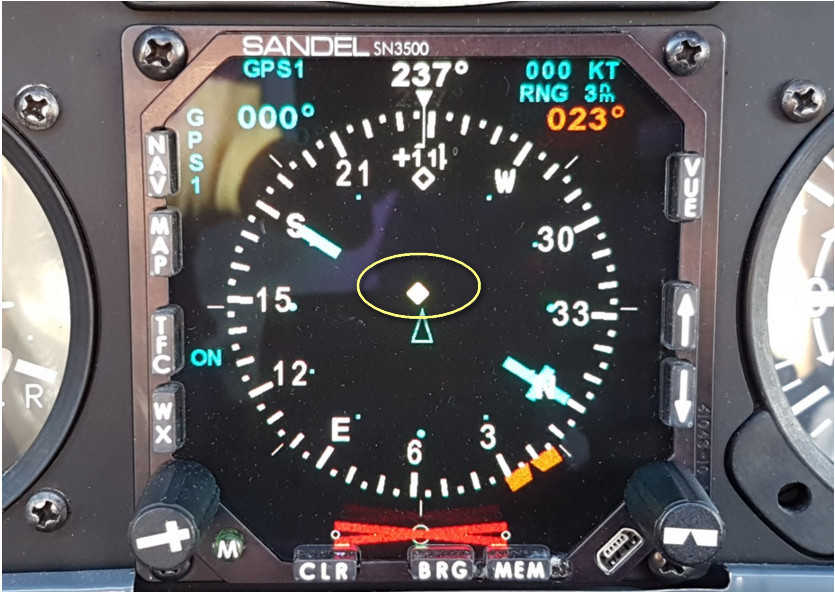Peter wrote:
As regards TMZs, there would be war if that was tried all over the UK
It was tried. It was one of the few consultations the CAA had where they were inundated and any meeting they held was packed to the rafters by people wielding pitchforks. They wanted absolutely everything down to foot launched paragliders to radiate Mode-S with altitude.
The problem with compulsion of Mode-S is that there are quite a high number of low value airframes around – lots of old wooden gliders, older microlights, foot launched stuff etc. where the cost of fitting a transponder is prohibitive. For instance, the transponder installation in a Schleicher Ka-8 would cost approximately three times the airframe is worth, not to mention a hugely beefed up electrical system to power the damned thing all the time on a 5 hour flight with no generator.
Things are a bit better now with lower cost Mode-S transponders than 10 years ago when they tried this, but even so, a Mode-S installation would still cost about twice the value of most of the wooden gliders that still see heavy club use in the UK, and twice the value of a lot of weight shift microlights, and the problem of powering them for a silver duration gliding flight with no generator still requires a big heavy battery, much larger than gliders typically carry now. EASA makes it worse as now there’s a bunch of red-tape to install the things, which there wasn’t when the BGA could oversee it.
That whole business was however massively mismanaged. It was a total and complete PR cockup.
If Europe did what the US did – use traffic info as the carrot to get people to adopt Mode S – and exempted the obviously unsuitable categories, the issue would have been much reduced.
The next huge cockup was the prohibition on fitting Mode C. Only Mode S can be fitted now – except when replacing a Mode C TXP with an identical model. So now we have maybe 50% “weekend flyers” flying totally non-TXP (because VFR OCAS is exempted in most of Europe from any TXP carriage) which is the worst possible safety outcome because nobody gets any proximity warnings. And Mode S is useless to most ATC because the aircraft is not listening to the said unit anyway, so even if they had the database lookup to get the reg they could not call it up anyway.
Mode S was also a red rag to the “civil liberties” bull (which didn’t care much about Mode C, except those who want to bust CAS from underneath) which finished off the whole project nicely… and set back proximity detection 20 years.
ADS-B will go the same way… exempted for VFR OCAS, and the civil liberties crowd will turn it off anyway even if they have it (which most won’t for at least 20 years after it becomes mandatory for IFR, CAS, etc).
For light GA the best safety solution would be widespread Mode C. ADS-B would be better but they can never make it compulsory for VFR OCAS so it will be a total waste of time for proximity purposes where it is really needed (not at FL150  ).
).
Peter wrote:
But then what you seem to be saying is that practically all the Mode A Only returns must be due to
missing encoder, or
Mode C deliberately unselected
Yes. It’s only a terminology issue, but sometimes the “Mode A” terminology for “no altitude” gets a bit confusing. It’s not helped by the standard phraseology “Stop squawk Mode C”, which actually means “switch off the altitude encoding feature of the transponder”.
alioth wrote:
It was tried…They wanted absolutely everything down to foot launched paragliders to radiate Mode-S with altitude.The problem with compulsion of Mode-S is that there are quite a high number of low value airframes around – lots of old wooden gliders, older microlights, foot launched stuff etc. where the cost of fitting a transponder is prohibitive. For instance, the transponder installation in a Schleicher Ka-8 would cost approximately three times the airframe is worth, not to mention a hugely beefed up electrical system to power the damned thing all the time on a 5 hour flight with no generator.
Things are a bit better now with lower cost Mode-S transponders than 10 years ago when they tried this, but even so, a Mode-S installation would still cost about twice the value of most of the wooden gliders that still see heavy club use in the UK, and twice the value of a lot of weight shift microlights, and the problem of powering them for a silver duration gliding flight with no generator still requires a big heavy battery, much larger than gliders typically carry now. EASA makes it worse as now there’s a bunch of red-tape to install the things, which there wasn’t when the BGA could oversee it
While I don’t think a transponder is 2 or 3 times the worth of my aeroplane, at least I hope it’s not, all the other considerations you speak of are absolutely spot on. No power generation, a tiny installed battery for a couple of warning lights, limited payload that I don’t want to squander on a heavy battery, plus the regulatory b/s to get the installation approved. In many respects I’d quite like to have a transponder but the way things are I don’t see that happening.
Installing a Trig Mode S on our LAA Permit Jodel DR1050 was mainly the cost of the bits. Approved by our Inspector. Little paperwork. Same with fitting our Trig 8.33.


You can have lots more. And it is not even a weekend 
That aircraft is Mode C but with no encoder, so I was told.
Maoraigh wrote:
Installing a Trig Mode S on our LAA Permit Jodel DR1050 was mainly the cost of the bits. Approved by our Inspector. Little paperwork. Same with fitting our Trig 8.33.
What model of Trig transponder do you have, and does it do ADS-B out? How do you rate the transponder?
It’s the TT21. It’s capable of ADS-B out, but we haven’t a GPS to connect. We’re very happy with it, and especially with Trig support when it was damaged on installation. We’ve had it for several years now. Aerial is internal in rear fuselage. (Wood & Fabric.)
aircraft is Mode C but with no encoder, so I was told.
Hein? Then how can it squawk Mode C?